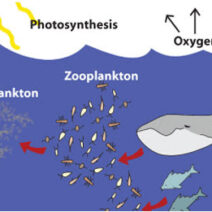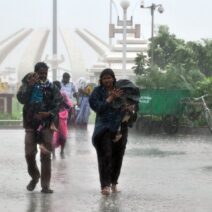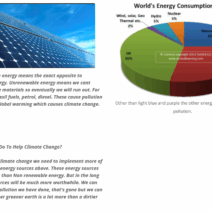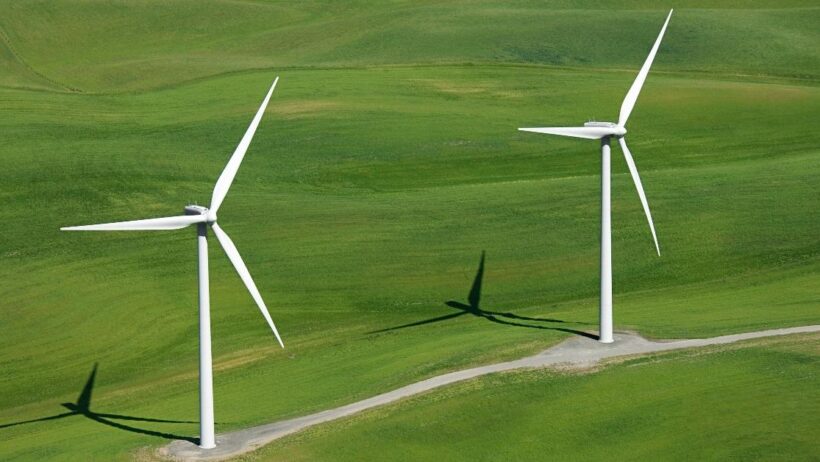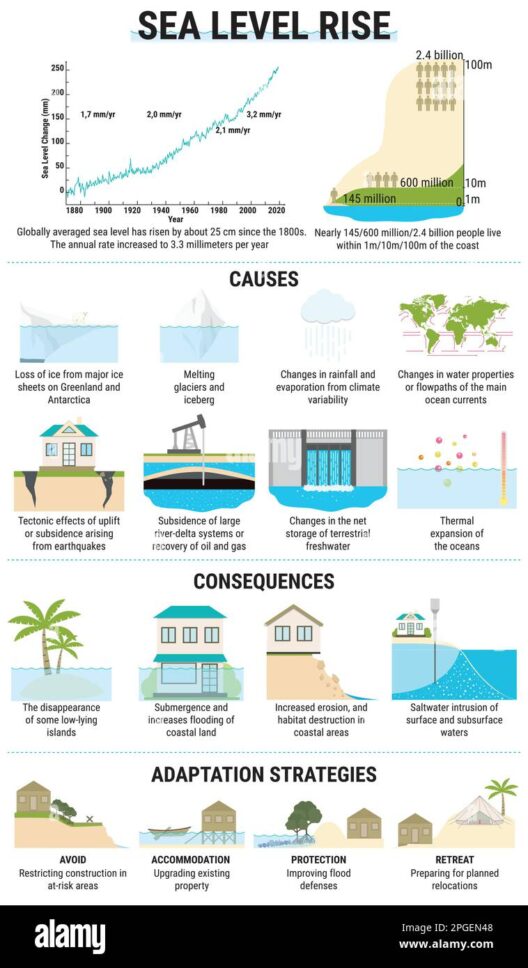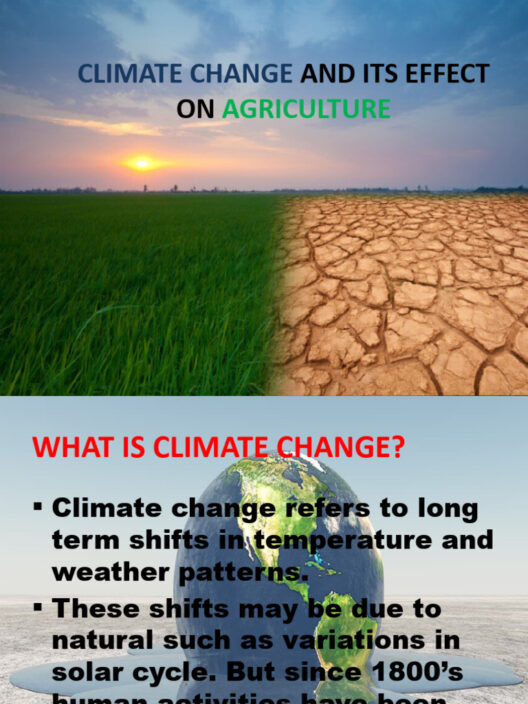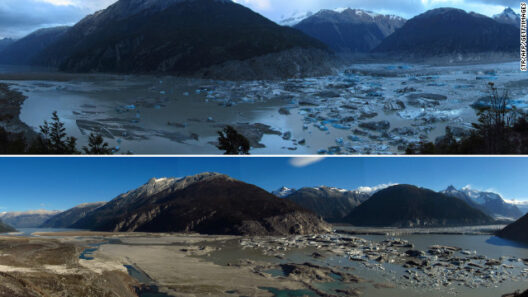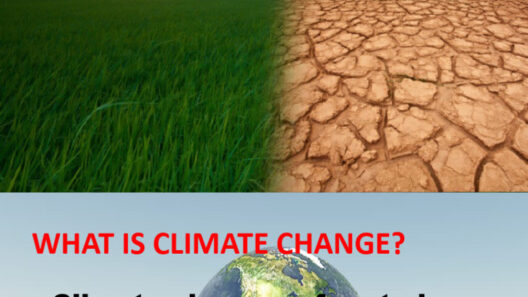Wind patterns play an integral role in shaping our climate systems and regulating weather around the globe. Often taken for granted, these intricate systems of air movement are not only responsible for transporting heat and moisture but also influence precipitation patterns, ocean currents, and even ecosystems. Understanding the nuances of wind patterns provides crucial insights into broader climate dynamics, revealing how they interact with various environmental and human factors.
To appreciate the significance of wind patterns in relation to climate, it is essential first to comprehend their formation and the mechanisms that drive them.
Understanding Wind Formation
Wind is formed primarily due to uneven heating on the Earth’s surface, a phenomenon driven by the sun. As the sun heats the land and oceans, some areas become warmer than others. This temperature differential creates regions of high and low pressure, and air tends to flow from high-pressure areas to low-pressure ones in an effort to equalize these differences. Additionally, the Coriolis effect, arising from the Earth’s rotation, causes winds to curve rather than move in a straight line. This complex interplay establishes a network of prevailing wind patterns, which are categorized into three main types: trade winds, westerlies, and polar easterlies.
Trade winds, primarily located between the Tropics of Cancer and Capricorn, blow from east to west and are vital for tropical climates. They facilitate the movement of warm, moist air to higher latitudes, promoting rainfall in regions prone to tropical storms. Conversely, the westerlies, which occur in the mid-latitudes, blow from west to east and play a crucial role in influencing temperate climates. Lastly, polar easterlies, found near the poles, help to maintain cold air circulation and significantly affect Arctic and Antarctic climates.
The Power of Wind Patterns in Weather Systems
Wind patterns are inextricably linked to the development of weather systems. Their flow determines how moisture is distributed across the planet, significantly impact precipitation levels, and control storm formation. For instance, westerlies can lead to the creation of low-pressure systems, often resulting in cyclonic storms that wreak havoc in coastal regions. Similarly, the interplay of trade winds and ocean currents can give rise to phenomena such as El Niño and La Niña, which can dramatically affect weather patterns globally.
El Niño, characterized by the warming of ocean surface temperatures in the central and eastern Pacific Ocean, is often accompanied by shifts in the trade winds, leading to extreme weather events such as droughts and floods around the globe. On the other hand, La Niña presents a cooling of those same ocean waters, which typically enhances trade winds, resulting in opposing climate effects. Both of these oscillatory climatic patterns serve as stark reminders of how interwoven wind dynamics are with broader climate variations.
The Impact of Climate Change on Wind Patterns
Climate change stands to disrupt traditional wind patterns, presenting an array of challenges that need urgent attention. As global temperatures rise, the fundamental mechanisms that govern wind changes too. Warmer air can carry more moisture, leading to intensified precipitation events, while altered wind patterns can exacerbate extremes—creating droughts in some areas and flooding in others.
Research has indicated that the distribution of wind patterns is shifting, leading to changes in their speed and direction. For instance, tropically-located storms have become more intense due to increasing sea surface temperatures, which provide the energy these systems need to strengthen. Additionally, changes in the Arctic, such as melting ice, influence the jet stream’s stability, leading to more erratic weather patterns across the globe.
Augmenting this complexity is the potential for feedback loops: changing wind patterns can affect ocean currents, which in turn could further disrupt climate systems. Such interdependencies emphasize the need for comprehensive climate models that account for how shifts in wind dynamics can influence not only regional weather events but also long-term climate trends.
The Real World Implications of Altered Wind Patterns
The ramifications of shifting wind patterns extend beyond mere weather anomalies, impacting agricultural practices, water resources, and even biodiversity. Communities reliant on predictable weather patterns for farming face uncertainty as traditional seasons are disrupted. Erratic rainfall and enhanced drought conditions can lead to crop failures, with a negative cascade effect on food security.
Moreover, changes in wind can disrupt marine ecosystems. Altered ocean currents result in modifications to nutrient distribution, affecting overall marine biodiversity and the health of fish stocks that many coastal communities rely upon for sustenance and economic stability. Additionally, wind patterns influence the dispersal of pollutants, diseases, and invasive species, further throwing ecosystems into disarray.
Conclusion: Embracing the Challenge of Change
In delving into the intricacies of wind patterns and their substantial impacts on climate, we uncover a tapestry of interconnections that underscore the necessity for informed action and vigorous advocacy in the face of climate change. Understanding the gravity of wind dynamics enables us to prepare for shifts that will affect not only weather systems but also livelihoods and ecosystems worldwide. As we navigate the complexities of climate change, a focus on the roles that wind plays offers a pathway towards not only mitigation but also adaptation strategies essential for resilience in the years to come.
